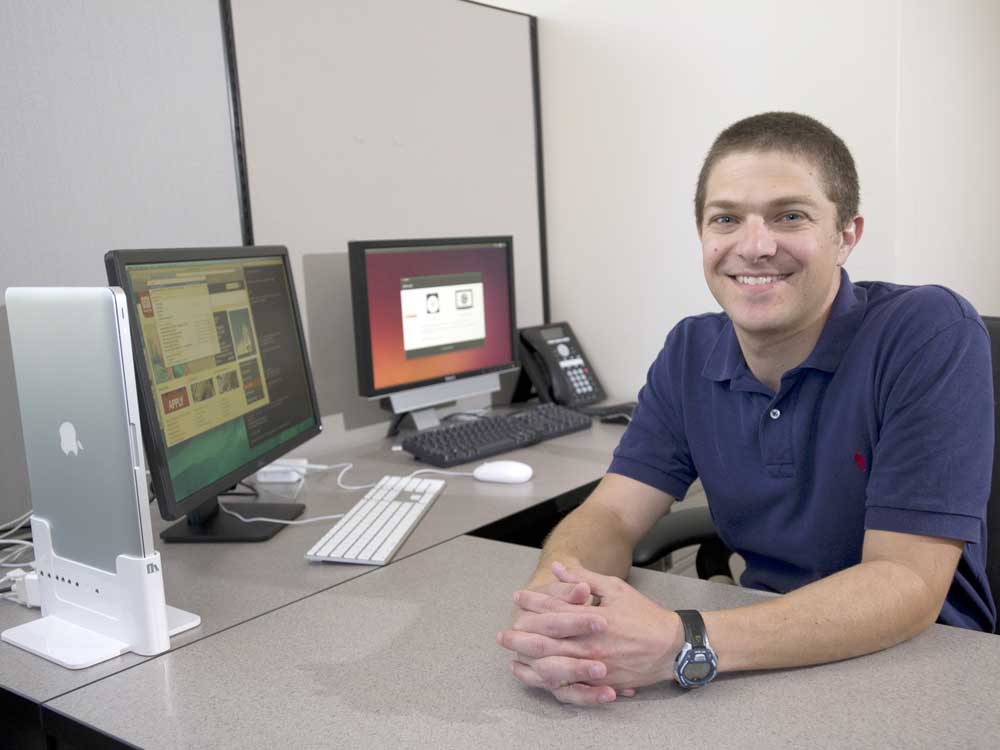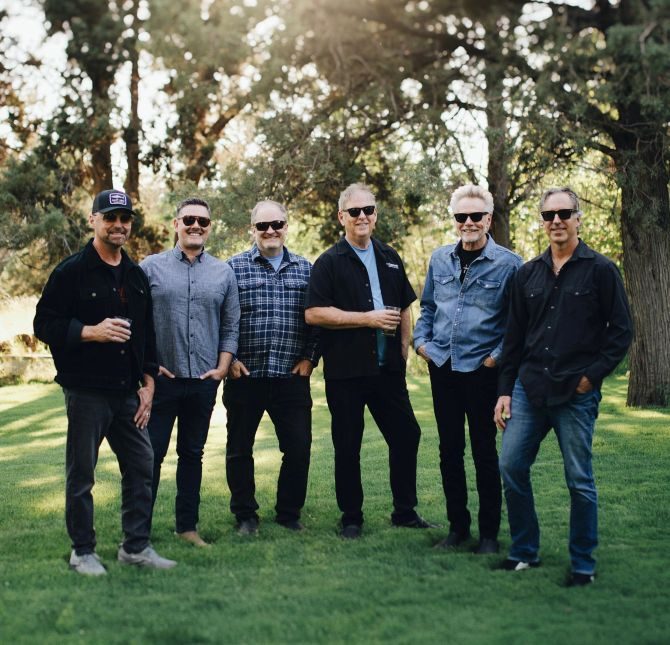Computer science grows at OSU-Cascades
Published 12:00 am Thursday, September 11, 2014

- Ryan Brennecke /Bulletin file photoMarc Rubin, the first full-time computer scientist at OSU-Cascades, was hired to lead development of a four-year computer science program. The university is considering what degree programs it might add as it becomes a four-year campus this fall.
In August OSU-Cascades hired its first full-time computer scientist to lead the development of a four-year program in the field, a track the university hopes will be one of its most popular.
Marc Rubin moved to Bend on Aug. 29, only a few weeks after defending his thesis at the Colorado School of Mines, a public university west of Denver. His doctoral research focused on creating wireless sensors to detect avalanches, working to make sure a tremble that might signal an avalanche wasn’t confused with the passing of a skier. In Bend, however, Rubin’s focus will be on teaching and managing the growth of the school’s computer science program, as opposed to serving as a tenure -track professor with a requirement to conduct research.
OSU-Cascades launched a degree track in the field last year, offering sophomore-level courses for students who have completed a year at Central Oregon Community College. For the vast majority of OSU-Cascades programs, freshmen and sophomore courses are offered by COCC, while upper-level courses are provided by OSU-Cascades.
During its first year, five students enrolled in the OSU-Cascades computer science program, which jumped to 12 this year, according to Marla Hacker, dean of academic programs. This fall the school will be offering upper-level courses for the first time, which six students — the five sophomore students from last year and a transfer — have signed up for.
“We heard loud and clear from the community that a computer science degree is needed in our community,” Hacker said. “And it’s clear students are needed with strong fundamentals in the different areas of the field.”
The university plans to hire another full-time instructor sometime this academic year, and a tenure- track professor the following. The professor will have a specialty in Web and mobile Web software development, which the OSU-Cascades program has a specialty in. The main OSU campus in Corvallis offers additional specialties, but Hacker said this focus, which has applications in cloud computing, will continue to be the only option for upper-level students at OSU-Cascades for the foreseeable future.
Before undergraduates make it to the point where they even have the chance to specialize, many drop out, with the rate nationally and at OSU hovering around 50 percent, Hacker said. Part of Rubin’s job will be devising means to combat the drop rate, in particular to retain female students, who are underrepresented in the field.
“It’s key to let students know this stuff is hard, that you’re going to struggle with it, everyone does,” Rubin said. “We will work to figure out ways so that students do not feel intimidated when they come into the class.”
Hacker said the dropout problem can be linked in part to different levels of exposure to programming. Some students have already taken courses in high school or online, while others have an interest but no exposure.
“If you mix those two populations and keep everything the same for them in class, those kids without the experience will feel behind at the very beginning,” Hacker said. “They may feel like they chose the wrong major. We want to make sure the students without the experience but who may have talent stick with this.”
While Rubin will concentrate on his role as program lead for computer science, he also has aspirations to continue his research, something he says he will do “for fun.” As a doctoral student, Rubin worked to simplify the information sent from geophysical sensors to a lab, making sure enough data was transmitted for predictions to be made, without sending too much and overloading the sensor and the scientist analyzing the results. Rubin’s skill set has other applications, and he’s a co-applicant for a grant with OSU-Cascades Assistant Professor Chris Hagen to monitor methane gas leaks.
Rubin also hopes to further his work on avalanches, possibly reaching out to Mt. Bachelor ski area.
“Having wireless seismic sensors work in a lab is very different than having them up for a year on a mountain,” he said.
— Reporter: 541-633-2160, tleeds@bendbulletin.com








